A sanctuary of ancient knowledge, the Matenadaran thrives in the digital age
September 08, 2021
Priceless manuscripts have survived a long and precarious journey to bear witness to Armenia’s rich cultural legacy. Now digitalization and new exhibition halls at the Matenadaran ensure that the “birth certificates” of our nation defy time and space.
The Mesrop Mashtots Institute of Ancient Manuscripts, generally known as the Matenadaran, is a museum, a research institute, and a repository of Armenian and foreign manuscripts which has been included by the UNESCO in its Memory of the World Register. Located on a small hill at the center of Yerevan, it can be reached via a steep path and several flights of stairs. Upon reaching the intricately carved heavy iron gates, you cannot help but stop to catch a breath and gaze at the beautiful views of the city.
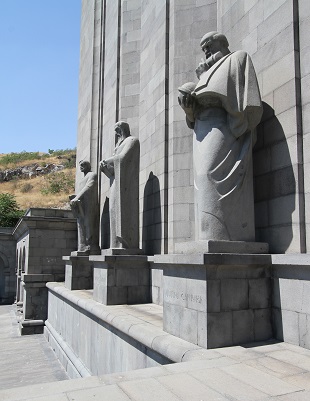 Statues of prominent men of letters greet you at the entrance of Matenadaran (Photo: Wikimedia Commons)
Statues of prominent men of letters greet you at the entrance of Matenadaran (Photo: Wikimedia Commons)Statues of prominent Armenian figures greet you at the entrance of the massive building. Among them are the famous illuminator Toros Roslin, the philosopher, astronomer and mathematician Anania Shirakatsi, the historian Movses Khorenatsi, the philosopher and theologian Grigor Tatevatsi, the writer and scholar Mkhitar Gosh, and the poet Frik. But perhaps the most iconic statue is the colossal stone image of Mesrop Mashtots, in whose name the Institute was founded. The statue depicts the inventor of the Armenian alphabet with his devoted pupil Koriun at his feet. The first sentence written in Armenian, “To know wisdom and instruction; to perceive the words of understanding,” is carved on the wall above them.
Where to start
As you take the marble stairs to the main hall, you can decide which collection to visit first. The Matenadaran has expanded its exhibition halls thanks to the opening of its new wing designed by architect Arthur Meschian. You may choose to visit its permanent collection first, which gives an overview of the cultural and scientific heritage of Armenia. The new exhibition halls, on the other hand, are thematic and change every six months or annually. They showcase schools of miniature painting. Displays range from late-Persian illustrated manuscripts, which dazzle the visitor with their ornate beauty and well-preserved state, to Armenian medieval manuscripts which have miraculously survived the Armenian Genocide and the destruction of monasteries, libraries, and schools by Ottoman Turks across Western Armenia.
The Matenadaran’s new wing, unlike its Manuscript Repository, does not guarantee a safe environment for these fragile “beings,” as they often need to be kept at specific temperature and humidity levels, and sometimes in total darkness. To avoid potential damage, excellent, immaculately precise copies are displayed instead of originals, the difference almost undetectable even to the expert eye.
A sacred Armenian tradition
Few manuscripts dating before the tenth century have reached us—one such example being the Lazaryan Gospels dating back to 887 AD. Early manuscripts were written on sheets of parchment made from animal skins—Armenians began using paper after the tenth century. The pages were sewn together and interlaced. Hard covers made of silver, ivory, leather, and other materials were frequently used to adorn and better protect the manuscripts. These covers, sometimes decorated with gems, have strikingly beautiful designs. The meticulously carved ivory cover of the Etchmiadzin Gospels stands out with its extraordinary patterns. Its illuminated pages are equally delicate and astonishingly colorful—an insect common in the Ararat valley was used to obtain the red color known as vordan karmir.
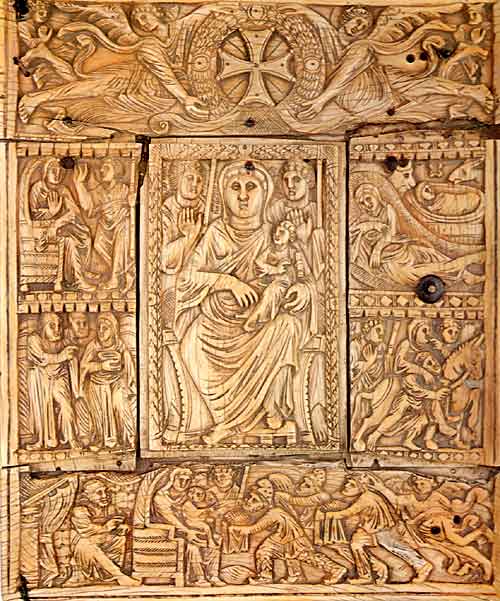 Carved ivory binding of Echmiadzin Gospel, sixth century (Photo: Wikimedia Commons)
Carved ivory binding of Echmiadzin Gospel, sixth century (Photo: Wikimedia Commons)The tradition of illuminating manuscripts was highly developed in certain regions of Eastern and Western Armenia, as well as in Armenian Cilicia and Julfa. The preparation of manuscripts usually took place at monasteries. It was a long and demanding process, involving several steps. Until the invention of the printing press in the sixteenth century, dedicated monks and priests, among them scribes and manuscript illuminators, devoted a lifetime to this sacred art. One scribe, Hovhannes Mangasarents, copied one hundred and thirty-two manuscripts from the age of fourteen until his death at eighty-six—he was unable to finish his last manuscript due to blindness.
Do not assume that just because manuscripts were produced in monasteries they were restricted to religious themes only. Actually, they cover a vast spectrum of subjects from cosmology to philosophy, mathematics, and history.
Some noteworthy manuscripts of early Armenian historians are Movses Khorenatsi’s "History of Armenia" (Khorenatsi actually wrote it in the fifth century but its earliest copy dates from the fourteenth century), Agathangelos’ "History of Armenia," as well as Yeghishe’s "History of Vardan and the Armenian War." Important works in other fields include Anania Shirakatsi’s "The Art of Calculation"—the oldest Armenian book on arithmetic addressing all four basic mathematical operations.
The Bible was the first book to be translated. But soon experts began translating Ancient Greek literature. The first ever translation of Aristotle’s "Categories" in the world does leave room for you to wonder about the motivation behind rendering it in Armenian in the sixth century.
Some important works from antiquity have only been preserved in Armenian, most notably, books translated from Ancient Greek. The full text of the Chronicle by Eusebius of Caesarea, for instance, has survived only in a unique thirteenth century Armenian manuscript. A number of philosophical works by Philo of Alexandria have been preserved only in the Armenian translation.
Many experts from different parts of the world come to the Matenadaran to admire and study these treasures.
“Our birth certificates”
If it wasn’t for the invention of the Armenian alphabet in 405 AD, we would not have had such a wealth of Armenian manuscripts.
The period following the creation of the Armenian letters was critical in terms of intellectual and cultural development. While religious poetry was blossoming, Armenian scientists were becoming experts in their respective fields. The great significance of the medieval Armenian written heritage is hard to deny. “The manuscripts here have a special energy to them. They seem to change the people around them,” says Amalya Shahumyan, long-term employee of the museum, while we tour the Matenadaran together.
Shahumyan regards the manuscripts as “our birth certificates.” “They are living proof of our existence in ancestral lands,” she adds.
Indeed, the manuscripts stand for the perseverance and sacrifices of people who risked death and persecution to save them in times of war and invasions. It's quite amazing that a person in fatal danger would choose to salvage a manuscript rather than his or her own property or even life. Armenian history is full of such heroic acts.
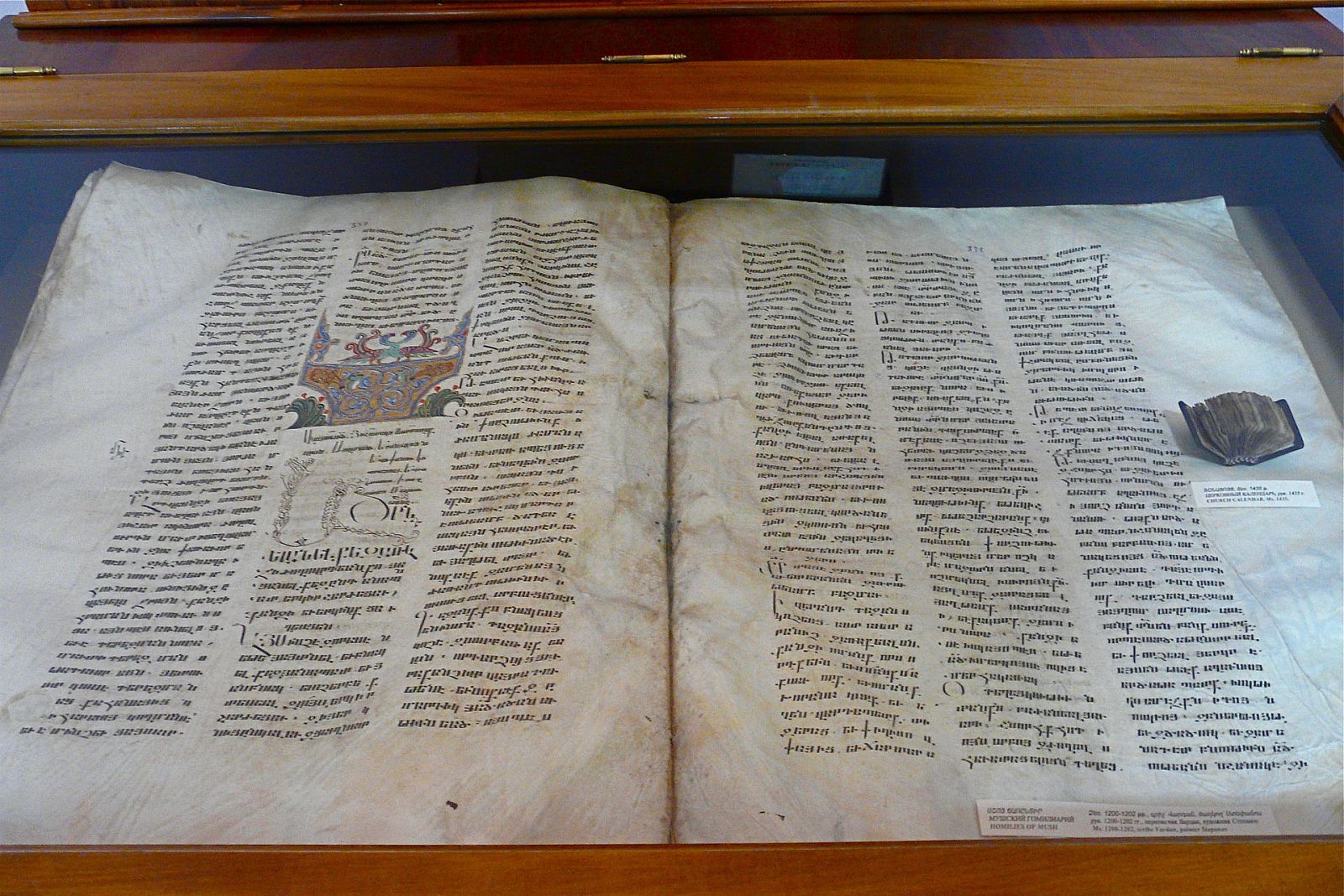 "Homilies of Mush" is a giant manuscript, which is dispalyed next to its smallest counterpart, a fifteenth century church calendar (Photo: Wikimedia Commons)
"Homilies of Mush" is a giant manuscript, which is dispalyed next to its smallest counterpart, a fifteenth century church calendar (Photo: Wikimedia Commons)Msho Charentir (Մշօ Ճառընտիր | Homilies of Mush), a thirteenth century collection of sermons, testimonies, odes, and citations from historiographic works is Matenadaran’s largest manuscript, weighing over twenty-eight kilograms. It was salvaged by two Armenian women who split it into two halves and carried it to Eastern Armenia during the genocide. The Matenadaran, which currently owns six hundred and one pages out of the six hundred and sixty pages of the giant manuscript, displays it next to its smallest counterpart, a fifteenth century church calendar that only weighs about a hundred and ninety grams. Aside from its size and incredible story of survival, the manuscript is also striking with its well-preserved and colorful illuminations.
The majority of other manuscripts did not share the relatively “happy ending” of Msho Charentir, as thousands were burnt, destroyed and forever lost at the hands of foreign invaders.
Luckily, digitalization allows us today to immortalize them forever. Anahit Hayrapetyan, a senior employee of the Manuscript Repository, points out that each day two to three manuscripts are being digitalized by the Matenadaran’s Department of Digitalization. They can easily be accessed by experts from around the world. After all, the main objective of the Institute is to preserve these priceless treasures and pass them on to the next generations. According to Hayrapetyan, they are our legacy, pride, and wealth; they have survived through the centuries, and it is our duty to protect them.
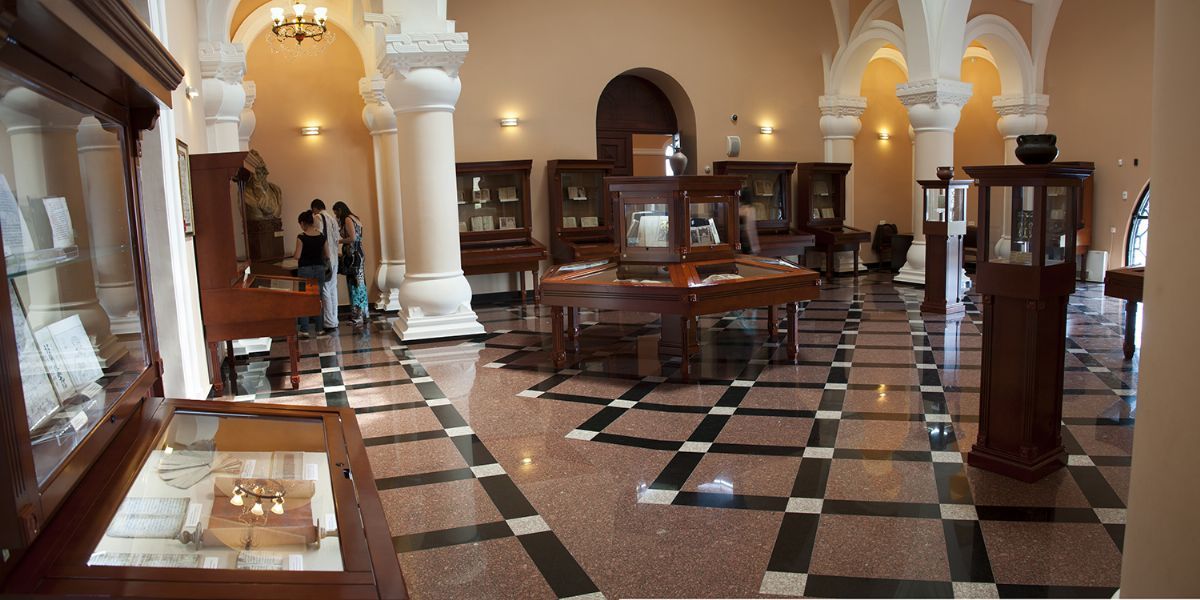 To avoid potential damage, excellent, immaculately precise copies of manuscripts are displayed instead of originals, the difference almost undetectable even to the expert eye (Photo courtesy of Matenadaran)
To avoid potential damage, excellent, immaculately precise copies of manuscripts are displayed instead of originals, the difference almost undetectable even to the expert eye (Photo courtesy of Matenadaran)7 facts you may not know about the Matenadaran
- Only a fraction of Armenian manuscripts—around thirty thousand- have survived, nearly half of which have found a new home at the Matenadaran. The rest of the manuscripts are kept in different libraries around the world, most notably in the St. James Armenian Monastery of Jerusalem and the Mekhitarist monasteries in Venice and Vienna.
- A small number of Armenian manuscripts remained at the Library of Etchmiadzin until World War II, when a decision was made to put them in a separate building. Mark Grigoryan was hired as the architect of the project. The collection was moved to the new building, the Matenadaran, in 1959.
- The Matenadaran strives to enrich its collection through new acquisitions and donations. Between 1920 and 1950, strenuous efforts were made to collect manuscripts from different Armenian communities around the world. These efforts continue to this day. The Institute acquires around thirty new manuscripts each year.
- The Manuscript Repository currently houses more than twenty thousand manuscripts, the majority of which are in Armenian. It also boasts a rich collection of around two thousand and five hundred manuscripts in Persian, Arabic, and Ottoman Turkish, in addition to more than a thousand manuscripts and fragments in Hebrew, Latin, Syriac, Old Russian, and Greek.
- The Institute houses more than one hundred and thirteen thousand printed books, albums, and other unique items, such as Admiral Isakov’s personal atlas published in 1692 in Paris and the oldest Armenian World Map printed in Amsterdam in 1695. It possesses more than a hundred thousand archival documents, patriarchal bulls, personal archives of Armenian catholicoses, decrees and orders of Persian Shahs, Turkish Sultans, and Russian Tsars.
- The Matenadaran’s various departments specialize in cataloging and classifying the manuscripts, their main focus being the description, restoration, preservation, and digitalization of the fragile pages. The scientific study of ancient texts and the translation of medieval Armenian literature— like the philosophical works of Davit Anhaght (Դաւիթ Անյաղթ | David the Invincible), encourages exchange between researchers around the globe.
- The Department of Restoration monitors the state of the manuscripts and restores those in poor condition. Experts take great care to avoid further damage. The manuscripts are sometimes disassembled, cleaned and reassembled to ensure their survival for decades. Burnt or petrified books are left untouched, waiting for future technologies to come up. If need be, the illuminations are cautiously repainted and the covers are repaired.
Join our community and receive regular updates!
Join now!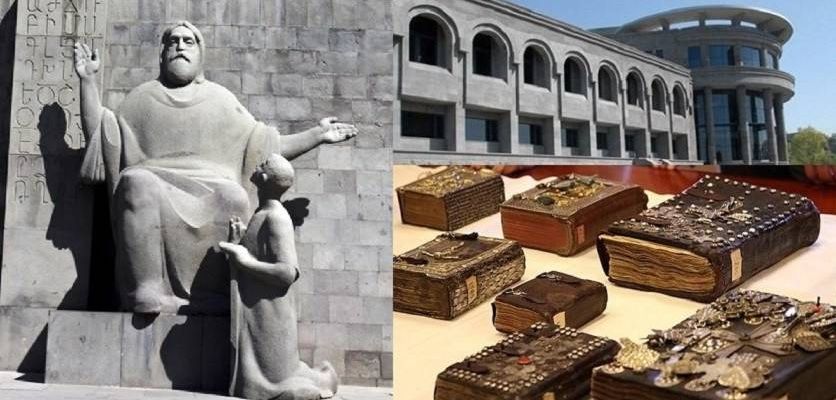
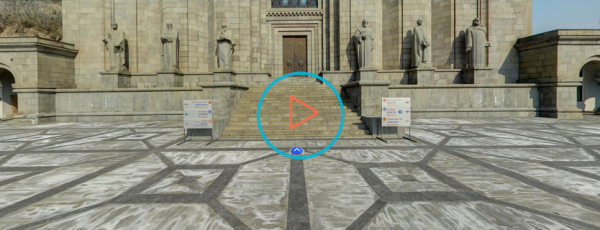
.png)





Attention!